Juneberries — also popularly known as serviceberries, Saskatoon berries, shadbush berries, or amelanchiers — are flavorful, nutrient-rich berries native to the temperate regions of the Northern Hemisphere. Although often overshadowed by mainstream fruits like blueberries and raspberries, Juneberries have recently attracted growing attention due to their impressive health benefits, versatility in culinary applications, and remarkable adaptability to cold climates.
As awareness increases and demand for native, antioxidant-rich superfruits expands globally, an important question arises: Which country leads the world in Juneberry production?
After an in-depth examination of global cultivation data, agricultural resources, and industry reports, it’s clear that Canada is the largest producer of Juneberries globally, with the bulk of production concentrated in the Prairie provinces. In this article, we’ll explore why Canada dominates this market, the characteristics of Juneberries, their nutritional and economic importance, and a comparison with other regions that cultivate this underappreciated fruit.
What Are Juneberries?
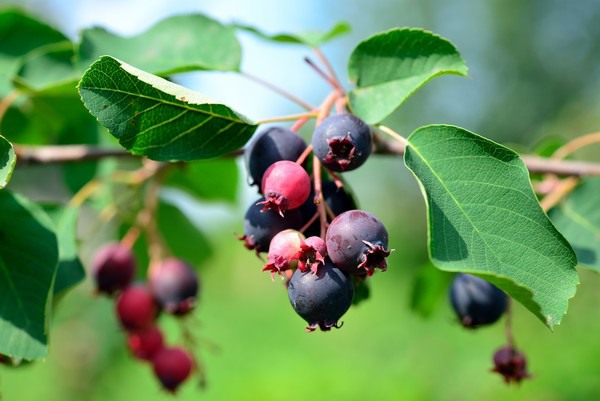
Juneberries belong to the Amelanchier genus, which is part of the Rosaceae family — the same family as apples, pears, and hawthorns. There are over 20 recognized species of Amelanchier, with several producing edible berries.
The most commercially cultivated and significant species are:
- Amelanchier alnifolia — commonly known as the Saskatoon berry, native to Canada and parts of the northern United States.
- Amelanchier canadensis — known as the Eastern serviceberry, native to eastern North America.
The berries themselves are small, round, and bluish-purple when ripe, typically harvested in late June to early July — hence the name “Juneberry.” They have a sweet, slightly nutty flavor often likened to a blend of blueberry and almond.
Nutritional and Health Benefits
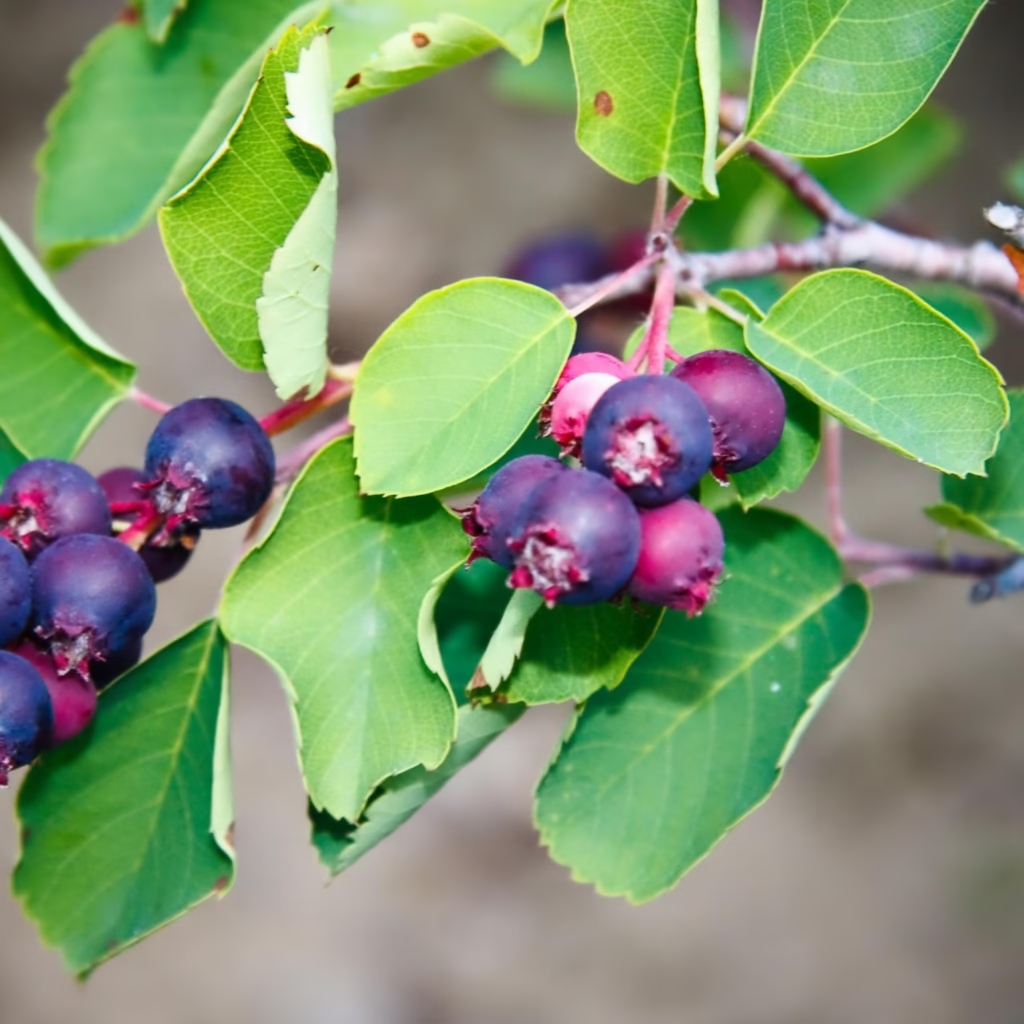
Juneberries are increasingly labeled as a superfruit thanks to their impressive nutritional profile:
- High in anthocyanins and flavonoids, powerful antioxidants linked to reducing the risk of chronic diseases.
- Rich in dietary fiber, promoting digestive health and regulating blood sugar levels.
- A good source of vitamin C, manganese, iron, calcium, and potassium.
- Contain plant-based polyphenols, contributing to anti-inflammatory and cardioprotective properties.
A 100-gram serving of fresh Juneberries contains:
- Calories: 85 kcal
- Dietary Fiber: 5.9 g
- Vitamin C: 3.6 mg
- Anthocyanins: 111–517 mg
(Source: Canadian Journal of Plant Science)
This nutrient-dense profile makes Juneberries a valuable addition to health-conscious diets.
Global Overview of Juneberry Cultivation
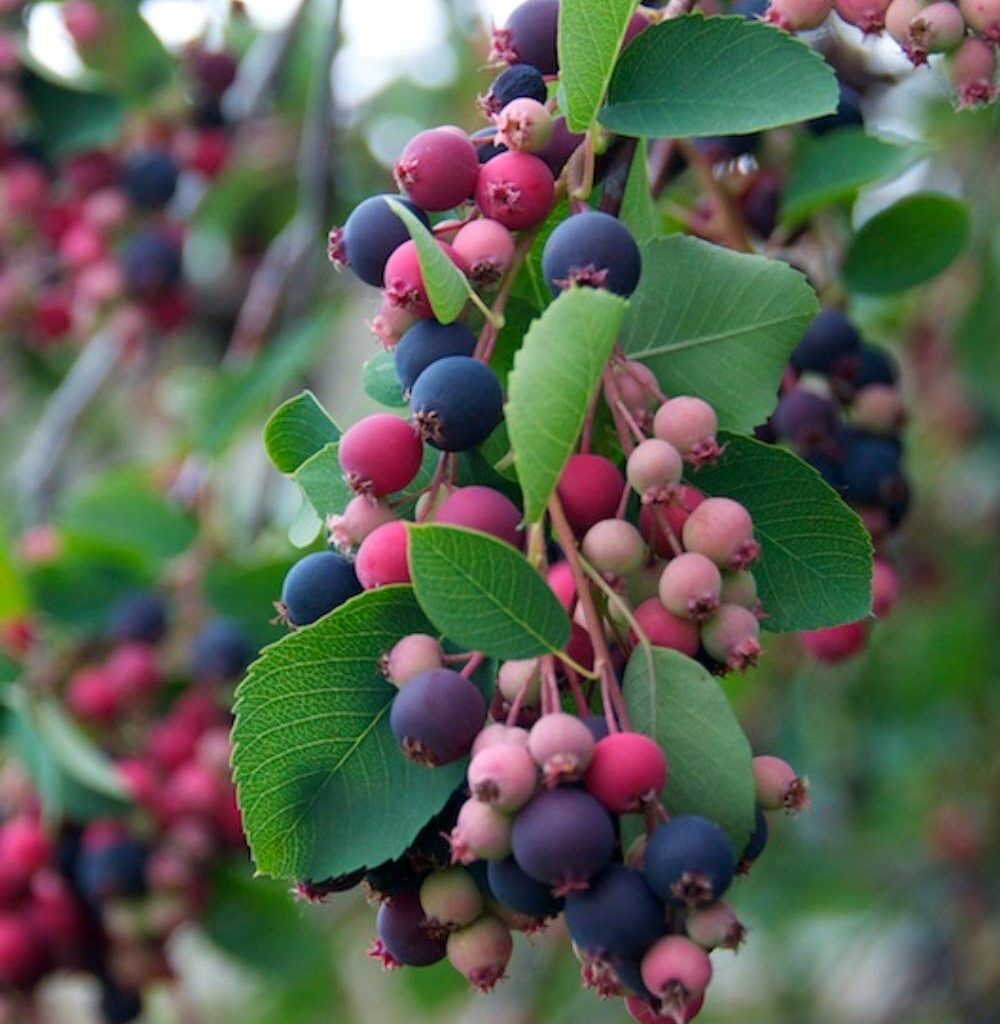
While Juneberries naturally grow in North America, Europe, and parts of Asia, commercial production remains geographically limited. Wild harvests are still common in parts of the United States and Eastern Europe, but no country other than Canada has successfully industrialized Juneberry farming on a large, organized scale.
Canada: The Largest Juneberry Producer in the World
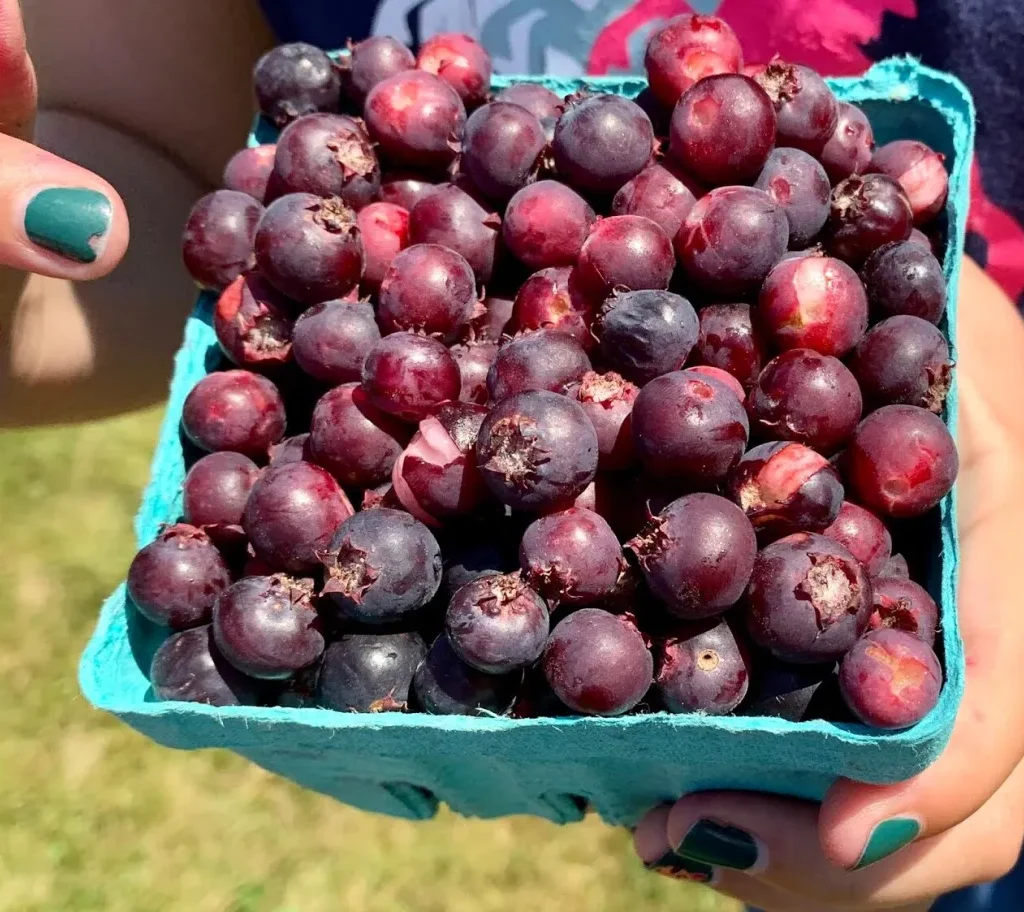
Where and How Are They Grown?
Canada, particularly its Prairie Provinces — Saskatchewan, Alberta, and Manitoba — dominates global Juneberry production. The native Amelanchier alnifolia species thrives in Canada’s cold climate, fertile prairie soils, and short growing seasons.
Key Statistics:
- Over 3,200 acres (1,300 hectares) of commercial Juneberry orchards.
- Saskatchewan alone accounts for nearly 28% of Canada’s total Juneberry acreage.
- Commercial orchards began establishing in the 1960s, and the industry has steadily grown since.
- Average yields range from 6 to 13 metric tonnes per hectare, depending on climate and farming practices.
Why Canada Leads the Market
- Native Species Advantage:
Amelanchier alnifolia is indigenous to Canadian prairies, adapted to harsh winters and drought-prone summers. - Early Commercialization:
Canada began organized Juneberry farming decades before other nations, developing certified cultivars and orchard management practices. - High Yield Potential:
Well-managed orchards rival the productivity of blueberries and are less vulnerable to many common berry pests. - Robust Processing Industry:
Canada’s food processing sector produces a wide range of value-added Juneberry products, including jams, pies, syrups, wines, freeze-dried berries, and nutraceutical powders. - Health-Conscious Domestic Market:
Growing awareness of superfoods and native crops has driven steady domestic demand, encouraging farmers and processors to expand cultivation. - Emerging Export Opportunities:
Canada increasingly exports frozen Juneberries, syrups, and dried snacks to health-conscious markets in the United States, Europe, and East Asia.
United States: Modest But Growing Cultivation
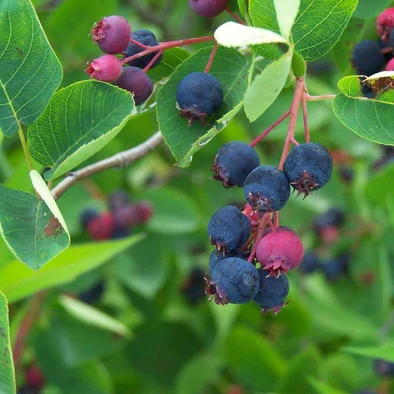
While wild Juneberries grow abundantly in northern U.S. states like Michigan, Minnesota, New York, and Wisconsin, commercial farming is relatively limited.
Small-scale orchards exist primarily for:
- Local farmers’ markets
- Pick-your-own farms
- Artisan jam and pie makers
The lack of large, mechanized Juneberry farms in the U.S. is due to:
- Limited consumer awareness
- Competition from better-known berries like blueberries and raspberries
- Lack of established supply chains and processing facilities for Juneberries
However, some agricultural researchers and entrepreneurs are promoting Juneberries as a sustainable, cold-climate alternative to blueberries, particularly in the Northeast and Great Lakes regions.
Europe: Limited and Niche Production
In Europe, native Amelanchier ovalis and naturalized A. alnifolia species grow in countries like Poland, Czech Republic, Germany, Austria, and Finland. These berries are:
- Often wild-harvested for personal consumption.
- Used in regional jams, jellies, syrups, and wines.
Few commercial orchards exist, and Juneberries remain a specialty or heritage crop in most European countries.
Challenges in Juneberry Production
Despite its potential, Juneberry cultivation faces certain challenges:
- Short Harvest Window: Berries ripen within a narrow 10–14 day period in June or early July.
- Bird Damage: Birds are particularly fond of Juneberries, often requiring netting to protect crops.
- Market Awareness: Outside of Canada and indigenous communities, Juneberries are not widely known to consumers.
- Processing Infrastructure: Beyond Canada, few facilities exist to process Juneberries on a large scale.
Market Trends and Future Outlook
The global health food market’s interest in antioxidant-rich native fruits bodes well for the future of Juneberries. Several trends suggest promising growth opportunities:
- Increased demand for functional foods and natural health products.
- Rising popularity of superfruits in North America and Europe.
- Expansion into agroforestry systems and cold-climate orchards.
- Emerging markets for frozen, dried, and powdered Juneberry products for export.
Canada is well-positioned to capitalize on these trends due to its established orchards, processing infrastructure, and recognized product quality.
Conclusion
To conclusively answer the thesis question:
Canada is the largest Juneberry producer globally.
With over 1,300 hectares of commercial orchards, ideal growing conditions, a native species advantage, and a thriving processing sector, Canada has built a Juneberry industry unrivaled by any other nation.
While the United States and Europe maintain small, local production for specialty markets, no other country matches Canada’s scale, yield, or industry integration.
As consumer interest in sustainable, nutrient-rich superfruits rises, Canada’s Juneberry sector is poised for continued growth, both domestically and internationally.



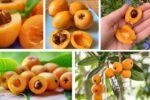
Leave A Comment